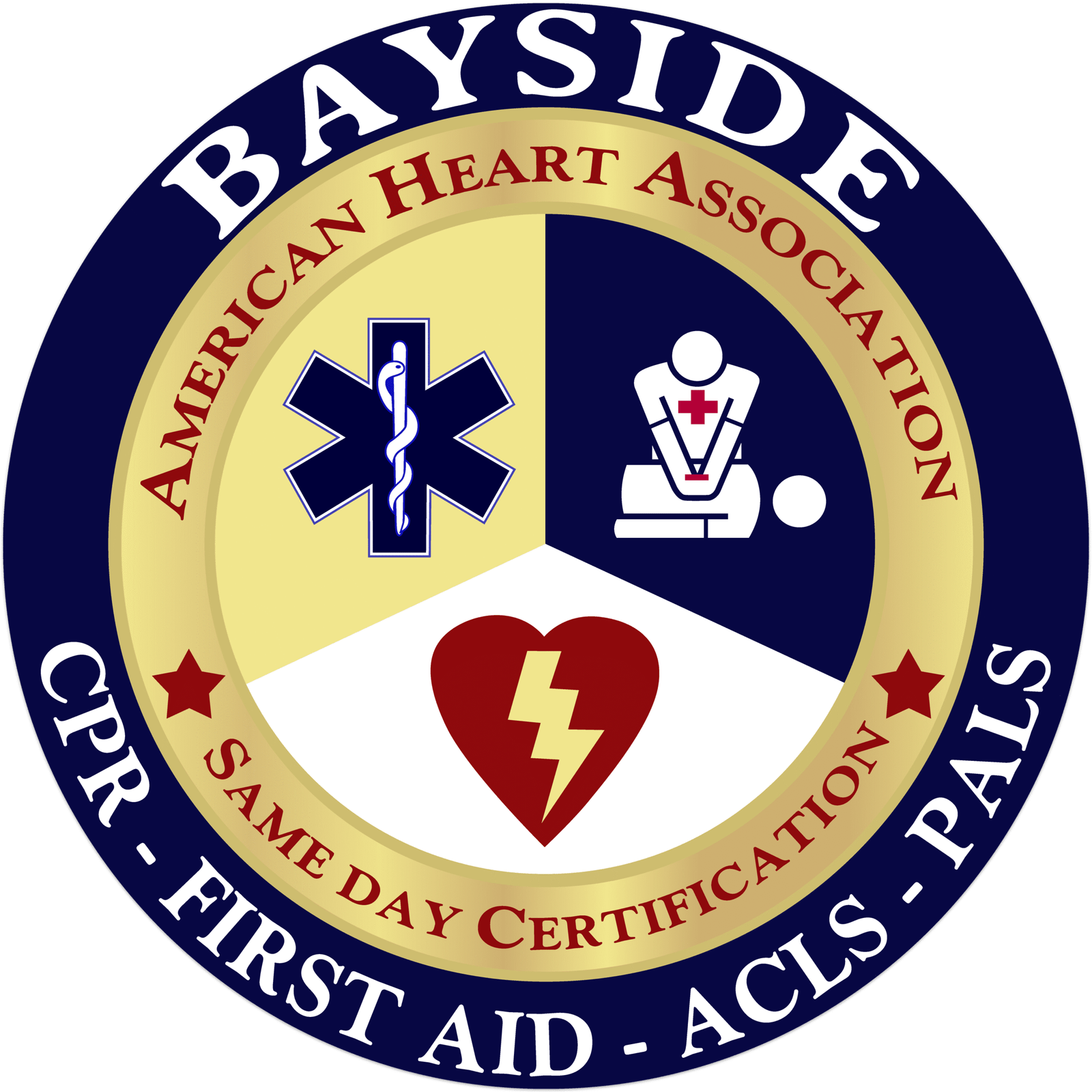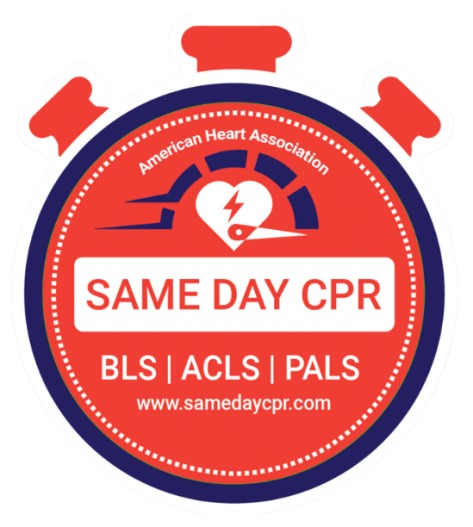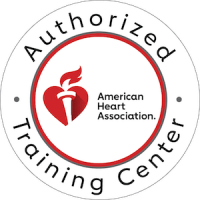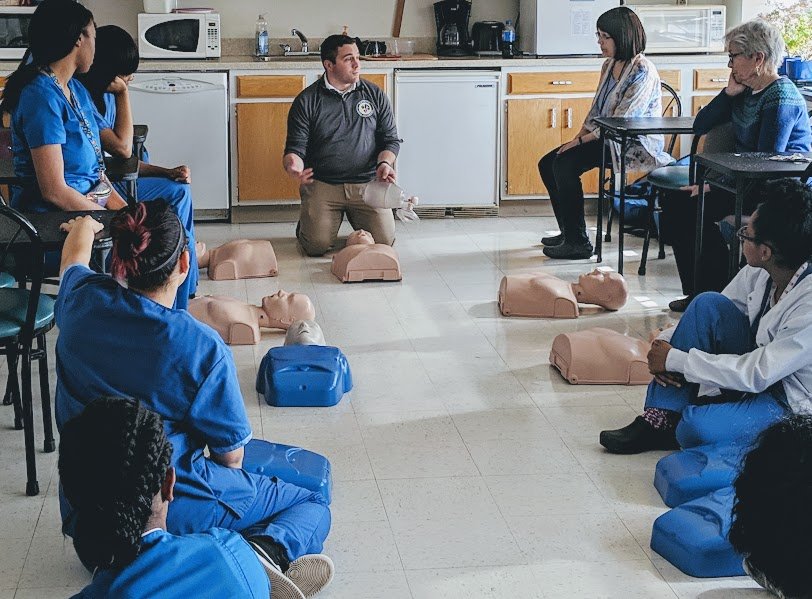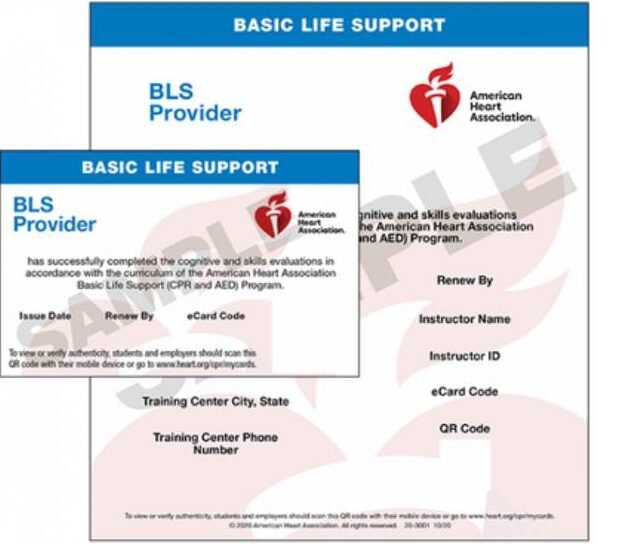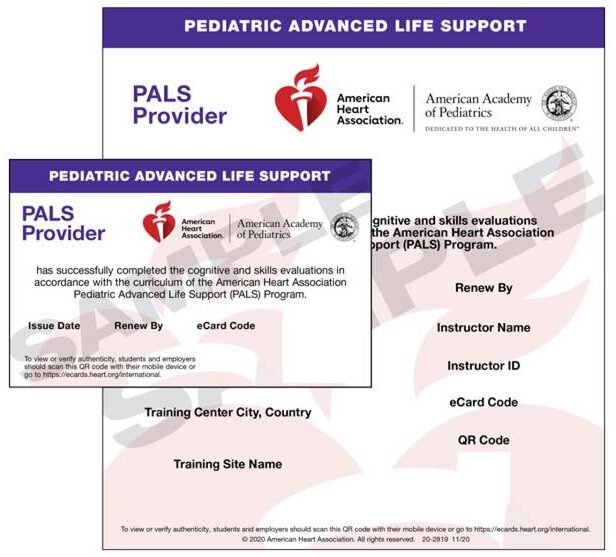Sudden cardiac arrest, or SCA, happens when the heart suddenly stops beating, and blood stops flowing to the body and brain. During SCA, a person can collapse, lose consciousness, and stop breathing almost immediately. While it is rare in pregnant women, it can still happen and needs fast action to save both the mother and baby. Treating a pregnant woman in SCA is similar to treating anyone else, but with some special steps. You should start CPR right away, and if possible, tilt her slightly to the left to take pressure off the large blood vessels. Using a defibrillator quickly can help restart the heart, and medical professionals may need to act fast to support both the mother and baby. Quick action can make a life-saving difference. Let’s go over how to safely and effectively respond when a pregnant woman experiences sudden cardiac arrest.
Also Read: ACLS In-Hospital Cardiac Arrest in Pregnancy Algorithm
Causes of Sudden Cardiac Arrest in Pregnancy
Sudden cardiac arrest in pregnancy can happen for several reasons, and knowing them helps keep both mom and baby safe. Understanding these causes makes it easier to respond quickly if an emergency occurs.
1. Obstetric-Related Causes
Some heart emergencies during pregnancy happen because of problems related to pregnancy itself or childbirth.
- Hemorrhage: Heavy bleeding during pregnancy, childbirth, or after delivery can cause cardiac arrest.
- Pregnancy-Induced Hypertension: Conditions like preeclampsia raise blood pressure and can result in severe heart complications, including cardiac arrest.
- Peripartum Cardiomyopathy: Heart failure that develops late in pregnancy or shortly after birth increases the risk of cardiac arrest.
- Anesthetic Complications: Issues with anesthesia during labor or surgery can trigger cardiac arrest.
- Amniotic Fluid Embolism: Although rare, when amniotic fluid enters the mother’s bloodstream, it can lead to cardiac arrest.
2. Non-Obstetric Causes
Sometimes, sudden cardiac arrest in pregnancy happens because of health problems that are not related to pregnancy itself.
- Pulmonary Embolism: Blood clots in the lungs can put pregnant women at high risk of cardiac arrest.
- Infection/Sepsis: Severe infections, like sepsis, can trigger cardiac arrest.
- Stroke: Strokes can also cause cardiac arrest in pregnancy, even when unrelated to obstetric issues.
- Acute Coronary Syndrome (ACS): Heart attacks, sometimes caused by Spontaneous Coronary Artery Dissection (SCAD) linked to hormonal changes, can lead to cardiac arrest in pregnant women.
3. Contributing Factors
Certain factors can increase the chance of sudden cardiac arrest during pregnancy, including changes in hormones, irregular heartbeats, and other health risks.
- Hormonal Changes: Higher pregnancy hormone levels and increased blood flow stress can make women more prone to heart problems like SCAD.
- Arrhythmias: Pregnancy raises heart rate, increasing the risk of irregular heartbeats that can trigger cardiac arrest.
- Risk Factors: Pre-existing conditions such as hypertension, diabetes, obesity, and advanced maternal age can heighten the risk of cardiac events during pregnancy.
Also Read: Acute Coronary Syndrome Algorithm
Steps to Treat a Pregnant Woman in SCA
When a pregnant woman goes into sudden cardiac arrest, quick action can save both her and the baby. Knowing the right steps helps you act calmly and confidently in this emergency.
Step 1: Initial Response and Safety
The first step when treating a pregnant woman in sudden cardiac arrest is to make sure the scene is safe for both you and the patient. Once you know it is safe, call emergency medical services right away so that help is on the way. Treating a pregnant patient works best when a team approach is used, including specialists like obstetricians, anesthesiologists, and critical care providers. This collaborative approach highlights the main advantage of effective teamwork in ACLS, ensuring both the mother and baby receive the care they need quickly and efficiently.
Step 2: Assessing Responsiveness and Breathing
Next, quickly check if the woman is responsive and look for a pulse. For pregnant patients, it’s important to pay attention to positioning. Lying flat on the back can cause low blood pressure, so slightly tilting her to the left helps improve blood flow. If she is unresponsive or not breathing normally, activate the code blue or emergency response team immediately so that advanced help arrives as fast as possible. You should also follow the components of a pulse check in an unresponsive victim to ensure you are assessing circulation accurately.
Step 3: Modifications to CPR for Pregnant Patients
When a patient is pregnant, CPR needs a few small changes to keep both mom and baby safe. These adjustments help blood flow and make resuscitation more effective.
- Hand Placement: Same as standard adult CPR (center of the chest on the lower half of the sternum).
- Compression Depth and Rate: 100–120 compressions per minute; compress at least 2 inches (5 cm) deep.
- Uterine Displacement: Perform manual left uterine displacement (LUD) to relieve aortocaval compression and improve venous return.
- Patient Positioning: Prefer 15–30° left lateral tilt if possible; otherwise, manual uterine displacement can be used while keeping the patient supine for effective compressions.
- Airway Management: Pregnant patients have a higher risk of aspiration; early intubation is recommended.
Step 4: Advanced Cardiac Life Support (ACLS) Considerations
In advanced cardiac life support for pregnant patients, giving medications stays the same as usual, so don’t let pregnancy slow you down. Make sure to act quickly and safely when using a defibrillator, and remember that placing IV or IO lines above the diaphragm works best. Staying calm and focused helps keep both the patient and baby safe while giving the care they need. If you’re unsure whether you can use an AED on a pregnant woman or not visit our page for guidance.
Step 5: Identifying and Treating Reversible Causes (The H’s and T’s)
When a patient’s heart stops, it’s important to look for and fix reversible causes, often called the H’s and T’s. Check for low oxygen, low blood volume, cold body temperature, or acidosis. Also consider problems like a collapsed lung, fluid around the heart, dangerous toxins, or blood clots in the heart or lungs. Finding and treating these issues quickly can make a big difference in saving the patient’s life.
Ste 6: Perimortem Cesarean Delivery (Resuscitative Hysterotomy)
If a pregnant patient’s heart doesn’t start again after 4 minutes of CPR, a perimortem cesarean, or resuscitative hysterotomy, may be needed. The goal is to deliver the baby within 5 minutes after the arrest. The team should know where the procedure will happen and what each person’s role is. Acting quickly can improve survival chances for both the mother and the baby.
Step 7: Post-Resuscitation Care
After the patient’s heart starts again, focus on keeping her blood pressure and circulation stable. If the baby is viable, continue monitoring its heart closely. Transfer the mother to the ICU (Intensive Care Unit) for ongoing care, and make sure a team of specialists works together to manage her recovery after the arrest.
Also Read: Immediate Post-Cardiac Arrest Care Algorithm
Step 8: Special Considerations
When caring for a pregnant patient, consider the baby’s age and whether it can survive outside the womb, as this can change your approach. Offer emotional support to both the family and the healthcare team, as these situations are stressful for everyone. After the event, make sure to document everything clearly and hold a debriefing to review what happened and what can be learned.
Saving Two Lives With Swift Actions
Quick recognition of cardiac arrest and starting CPR right away can save both the mother and the baby. Moving the uterus manually helps improve blood flow during resuscitation, so it is an important step. Never let pregnancy slow down standard life-saving interventions, and remember that performing a perimortem cesarean early can greatly improve survival for both. Staying calm, acting fast, and following these steps can make a real difference in these critical situations.
